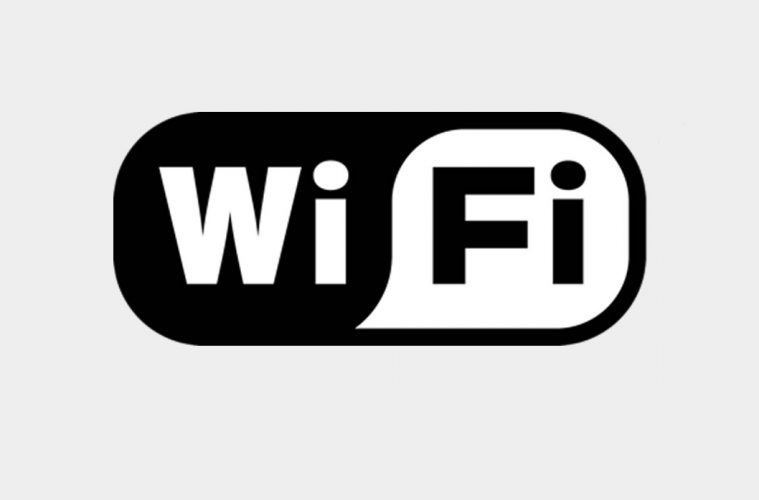In this how to we are looking at Wi Fi channels and how to find the best one using your iPhone. Doing this can speed up your Wi Fi as well as improve the stability.
Stability and speed are important, especially if you want the best out of your Smart Home gadgets.
What are Wi Fi channels?
‘Traditional’ Wi-Fi on the 2.4GHz spectrum operates 1 – 13 channels, within the 100 MHz total width of the 2.4 GHz spectrum.
Each channel is 20 MHz wide and there is 5 MHz gap between them, if you do the maths you can see they do not all fit without some overlap!
However channels 1,6,11 do not overlap by design so if possible use one of these channels.
Too many devices on the same channel or on over lapping channels can result in poor performance and speed.
How do I know what channel other networks are on using my iPhone – is there a iPhone Wifi Scanner?
1. Yes there is a free iPhone Wi fi analyser – created by Apple!
Open the App Store and search for ‘AirPort Utility’
 2. Install it
2. Install it
3. Go into Settings > AirPort Utility
4. Enable Wi-Fi Scanner – this turns your iPhone into a wi fi scanner.
 5. Open AirPort Scanner and select ‘Wi-Fi Scan’
5. Open AirPort Scanner and select ‘Wi-Fi Scan’
6. Press Scan

7. Now look at the list, seeing what Channel each network is on, you are looking for numbers
1 – 13.
If the number is in the hundreds it runs on the 5GHz spectrum so ignore it.
Ideally you want to use 1,6 or 11 so see if these are free or less busy.
I know which channel I want to be on now what?
You need to go to the admin page of your router or hub and change the settings to choose that channel.


